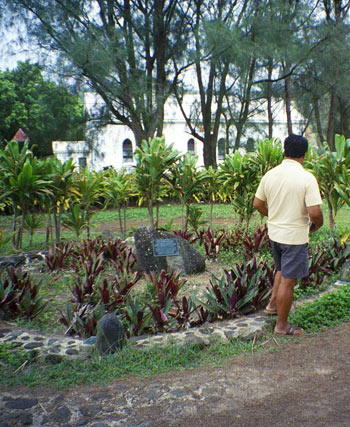Story summary
Canoe traditions: fact or fiction?
There are many Māori traditions about the arrival of ancestors in waka (canoes) from a place called Hawaiki in East Polynesia. Some people believed these accounts were literally true. Others have seen them as poetic imaginings. The reality is likely to be somewhere in between. These traditions contain information about distantly remembered voyages, but have been enriched over time.
Canoes of the north
The major canoes of the northern people are:
- Kurahaupō, which landed near North Cape
- Ngātokimatawhaorua and Māmari, whose priests battled each other with powerful spells
- Tinana and Te Māmaru, important to Te Rarawa and Ngāti Kahu
- Māhuhu-ki-te-rangi, the most significant canoe for Ngāti Whātua
- Mataatua, captained by Puhi, Miru and Te Wahineiti.
Tainui and Te Arawa
There are many similarities between the Tainui and Te Arawa stories. Some people have suggested that the two canoes were actually the twin hulls of one boat which separated on arrival in New Zealand. Te Arawa made its final landfall at Maketū in Bay of Plenty. Tainui arrived at Kāwhia Harbour, between Auckland and New Plymouth.
Mataatua
A major canoe of the Bay of Plenty area is Mataatua, captained by Toroa. His sister (or in some stories, his daughter) bravely rescued the boat as it began to drift. From her cry, ‘Me whakatāne au i ahau nei!’ (I must act like a man!), the settlement of Whakatāne got its name.
East Coast stories
The East Coast has stories of the ancestor Paikea, who came to New Zealand on the back of a whale. Two important canoes are Horouta, which brought kūmara (sweet potato), and Tākitimu, whose crew were the ancestors of Ngāti Kahungunu.
Aotea
The Aotea canoe arrived near Kāwhia. The crew then journeyed south before settling around Pātea, so named because that is where they threw down their burdens (pātea).
Southern canoes
There are many canoe legends associated with the South Island. In one, Ārai-te-uru was caught in a storm and its cargo of sweet potatoes was washed ashore – they remain today as the massive Moeraki boulders. In another, the captain Rākaihautū sailed Uruaokapuarangi to present-day Nelson. He then explored the South Island, shaping the mountains and digging out lakes with his stick.





